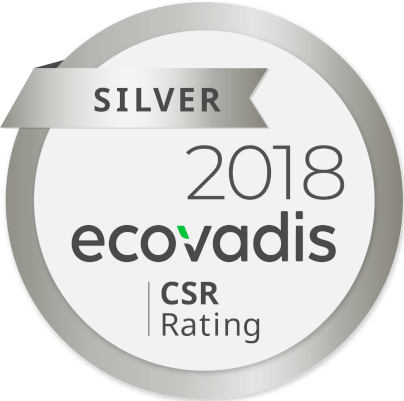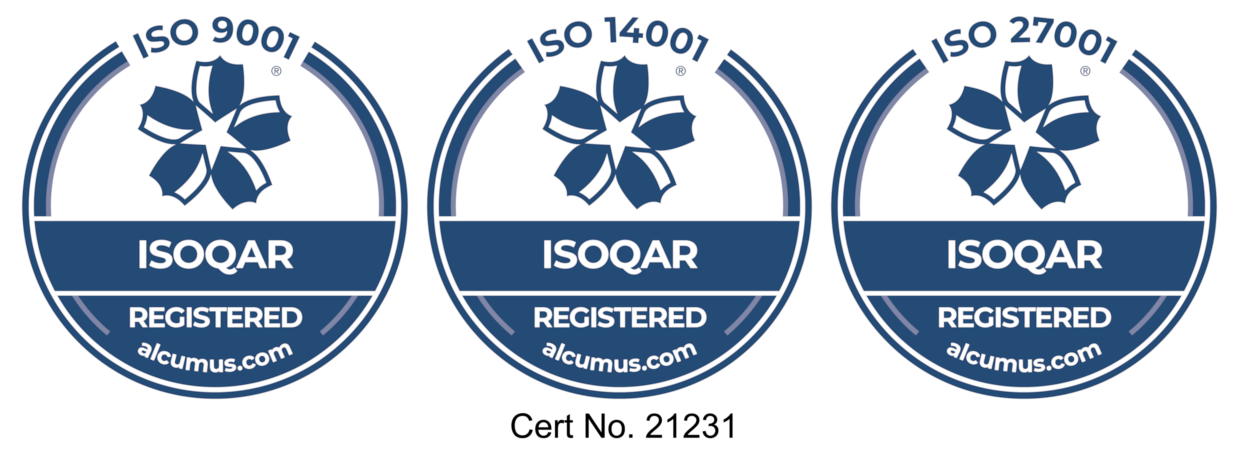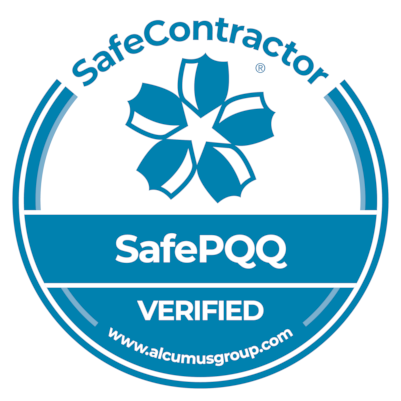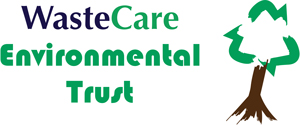Decide if a material is waste or not: general guide (updated version of part 2 of original full document)
Updated
If you are the producer or holder of a material and you’re unsure whether it’s a waste or not, you can use this guidance to assess the status of your material. A material can include any substance or object.
To work out if waste rules apply to your material you need to:
- decide if your material is waste
- identify when waste rules apply
- find out when waste ceases to be waste
- find out when waste rules do not apply
You must try to prevent and minimise the production of waste as much as possible. See the waste hierarchy guidance which explains the different options you have for managing waste. It also shows which options are the best to prevent harm to the environment.
1. Decide if your material is waste
A material is considered to be waste when the producer or holder discards it, intends to discard it, or is required to discard it.
When assessing whether a material is waste or not, discarding doesn’t simply mean throwing away or getting rid of something. Discarding also covers activities and operations such as recycling and recovery operations, which put waste material back to good use.
You need to assess all the information provided in this guidance before you come to a decision.
Situations when a material is considered to be waste include when it’s:
- mixed with another waste material – the whole mixture will be waste
- deliberately and illegally abandoned or dumped eg fly-tipping
- accidentally, unknowingly or involuntarily discarded eg when a fuel is leaking from a service station storage tank into the ground beneath and the producer or holder is unaware of the leak
- required to be discarded by law
Examples of materials that must be discarded by law:
- high risk category 1 animal by-product materials – see Article 12 (a) (b) (c) (d) of the EU Animal By-Products Regulation
- mercury in the circumstances set out in Article 2 of the Mercury Regulation
A material is likely to be waste if:
- it’s left over, unwanted or a burden on the producer or holder, eg left over quarried stone stored where there is no certainty it will be used
- it can no longer be used for its original purpose, it’s out of date or has become damaged or unsuitable for use, eg out of date medicines or broken goods
A material might be waste if:
- it’s a production residue – a material that is not deliberately produced in a production process
- it has a low or negative economic value as it’s likely to be a burden on the producer or holder who’ll have an incentive to get rid of it – but even if the material has a positive economic value it may still be waste
- it’s hazardous, it could pollute, or if the material is contaminated due to the way it has been used or handled
You must also be aware that many non wastes could actually or potentially harm people or the environment.
1.1 Examples of when a material is waste or not
Example 1
When a householder takes items to a household waste recycling centre and puts them into the general waste skip, all the items will be considered waste. Even if any of the items were suitable for reuse before they were put into the general waste skip they are still waste. By putting the items into the skip the householder’s intention was to discard the items and not for them to be reused.
Example 2
When a business receives waste which it intends to process so it can be used again it is still waste, even if it has a positive economic value. For example when a scrap metal merchant takes waste scrap metal to a business who can convert it to a steel product – the scrap metal is waste because the producer or holder who gave it to the scrap metal merchant discarded it.
Example 3
When a construction company excavates land for development and realises that some of the extracted soil may be suitable for reuse at a site other than where it was produced, that soil is likely to be waste. The soil is a residue of the construction development. It is waste unless it can meet the by-product test. It may also be used as a non-waste if it is used on the same site or at another site with or without further processing – see all the requirements in the CL:AIRE code of practice.
2. Identify when waste rules apply
If a material is waste you must follow the relevant waste rules, for example, the:
- waste duty of care if you import, produce, carry, keep, treat or dispose of waste
- environmental permitting rules if you handle, store or treat waste – see the rules for England, rules for Wales or the waste management licensing rules in Northern Ireland
- producer responsibility rules if you produce packaging, electrical and electronic equipment, batteries and end of life vehicles – see the rules for England, rules for Wales or rules for Northern Ireland
- waste import and export rules if you are importing or exporting waste – see the rules for England, rules for Wales, or rules for Northern Ireland
2.1 Exclusions from waste rules
Certain types of waste do not need to be regulated as waste and don’t come under waste rules because the material is, for example, regulated by different legislation.
See the exclusions in Article 2 of the Waste Framework Directive. Wastewater, decommissioned explosives and radioactive waste are examples of excluded waste.
3. Activities and operations where waste rules apply
If a material is waste, waste rules apply when it undergoes a recovery operation, such as preparation for reuse or recycling, or a disposal operation.
3.1 Recovery
Recovery is any operation which has the main result of waste serving a useful purpose, by replacing non-waste materials that would otherwise have been used to fulfil a particular function, eg turning food waste into compost. Find more examples in annex II to the Waste Framework Directive – as amended.
3.2 Preparation for reuse
Preparation for reuse is the operation or process of checking, cleaning or repairing materials that have been discarded and are waste so that they can be used again for their original purpose as a non-waste without any other pre-processing. Preparation for reuse might include the repair of bicycles, furniture or electrical and electronic equipment.
3.3 Recycling
Recycling is any operation by which waste is reprocessed into products, materials or substances, for either its original or other purposes. For example, crushed waste glass graded for blasting or playground surfaces from waste tyres. Recycling includes the reprocessing of organic material.
Recycling doesn’t include:
- energy recovery
- reprocessing into materials that are to be used as fuels
- backfilling operations, eg when a suitable waste replaces a non-waste in the reclamation of excavated areas or in landscape engineering
3.4 Disposal
Disposal is any operation which isn’t recovery, even where the operation has a secondary consequence of reclaiming substances or energy.
The best known example of disposal is landfill. Find more examples in annex I to the Waste Framework Directive.
Some disposal operations aren’t always obvious and depend on the specific circumstances.
For example, when manure or slurry is used to spread to land as fertiliser it isn’t classified as waste as long as it’s used as part of a lawful operation – eg it complies with the Nitrates Directive and takes place on clearly identified parcels of land without prior processing. The reason for this is that animal faeces are a by-product of keeping animals and make up a traditional fertiliser where other fertilisers may be regarded as a substitute.
However, where manure or slurry is spread in such a way that it exceeds crop requirements, is of no benefit to the land or provides no ecological improvement, then it’ll be waste and spreading it to land simply to get rid of it is classified as a disposal operation.
4. If you don’t follow the rules
If you don’t follow the rules that apply to your waste the environmental regulator may take enforcement action against you. Read this information to find out how the regulator decides whether or not to take enforcement action:
- Environment Agency’s position on enforcement and sanctions in England
- Natural Resources Wales’ enforcement and prosecution policy in Wales
- Northern Ireland Environment Agency’s enforcement policy in Northern Ireland
5. When waste ceases to be waste
Materials that are waste can become non-waste in certain circumstances. This is known as achieving ‘end of waste’.
To meet end of waste your activities could range from a simple check to extensive processing.
For example, a simple check could be to identify that no processing is required before the material can be used again for its original purpose. Extensive processing could be when the material undergoes several recovery operations before it becomes a new product.
There are specific tests that must be met to make sure that a waste has achieved end of waste. See the detail on EU end of waste regulations, quality protocols and the end of waste test in the turn your waste into a new non-waste product or material guidance.
6. When waste rules don’t apply
If a material hasn’t been discarded it isn’t waste.
For example, when a material is:
- deliberately created in a production process and is a product
- reused again for the same purpose as was originally intended
- a by-product of a production process
6.1 When a material is reused and doesn’t become waste
Reuse means a material is used again for the same purpose as was originally intended.
Examples of reuse are:
- donating goods to a charity or second hand shop, eg clothes, books, toys, and CDs in re-usable condition
- items that are leased and used several times by a number of people as long as they are fit for re-use
- a wooden pallet being reused as a pallet as long as it is fit for re-use as a pallet
- roof tiles carefully removed from one building, stored to retain their integrity and then certain to be fitted onto another building’s roof
- networks where people can give away items for free that are fit for re-use, eg a television or computer, such as the Freecycle Network and Freegle
- when a charity or second-hand shop receives items, checks them and carries out a very minor repair to ensure its reuse as originally intended, eg if a button is sewn onto a coat or a handle is screwed back onto a drawer
6.2 When a material is a by-product and not waste
When a material is manufactured from non-waste materials, production residues are often unavoidable. The residue is either a waste or a non-waste by-product.
The residue is a by-product and not a waste when the material meets all of these conditions:
- it’s a result of a production process
- it’s certain to be used, if there’s a contract between the producer and supplier or user, if there’s a definite market for it, if it fulfils the same specifications as other products on the market or if there’s an economic benefit for the producer
- it can be used directly, with no further processing before it’s used – you can carry out normal industrial practices, eg mechanically modifying the size or shape, but you can’t carry out a waste activity or operation on it
- it’s produced as an integral part of the production process – but it doesn’t necessarily have to be made ready for use at the same place where the residue is produced
- it has a lawful use and meets relevant product and environmental and health protection requirements, eg it’s free of contaminants and won’t lead to overall adverse environmental or human health impacts
Examples of non-waste by-products could be:
- spent brewer’s yeast used as a food spread
- uncontaminated sawdust from a sawmill used as animal bedding
- uncontaminated natural soil suitable for use that doesn’t require treatment and is certain to be used in a lawful way – see how to achieve this in the ‘principles for use of materials as non-waste’ section in the CL:AIRE code of practice
You can use the IsItWaste online tool to do a self assessment and help you decide if your production residue is a by-product or waste. If you are unsure, you can contact your environmental regulator to ask their opinion.
If your material meets all of the conditions and is a non-waste by-product it must then meet other relevant product legislation requirements, eg the Registration, Evaluation, Authorisation and restriction of CHemicals (REACH) Regulation.
7. Contact your environmental regulator
You can contact the environmental regulator for your area to ask for an opinion on whether your material is waste.
In some situations the decision can be complex and you may wish to get your own independent legal advice.
The environmental regulator’s opinion on whether a material is waste or not is based on relevant legislation and case law. If you disagree with the opinion of your environmental regulator, it’s ultimately the court that interprets the law to make the final decision. See previous examples of EU court judgments in the legal definition of waste full document.
7.1 England
General enquiries
National Customer Contact Centre
PO Box 544
Rotherham
S60 1BY
Email
enquiries@environment-agency.gov.uk
Telephone
03708 506 506
Telephone from outside the UK (Monday to Friday, 8am to 6pm GMT)
+44 (0) 114 282 5312
Monday to Friday, 8am to 6pm
See information on call charges.
7.2 Wales
See the Natural Resources Wales website
7.3 Northern Ireland
See the Northern Ireland Environment Agency website
8. Legislation
This guidance is based on the Waste Framework Directive.





